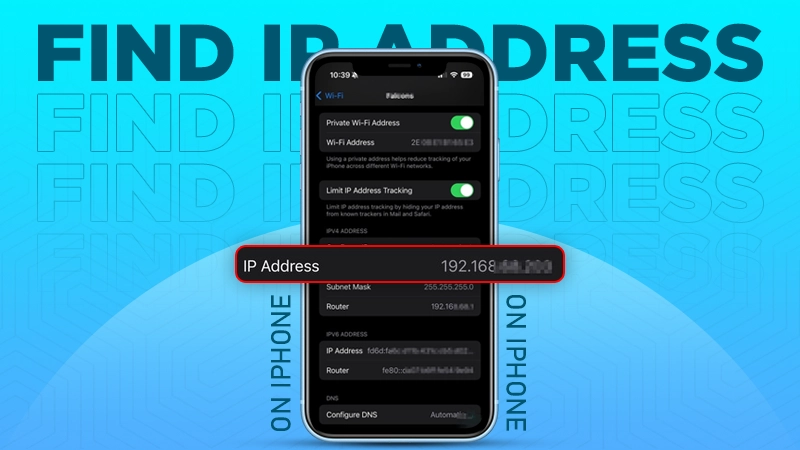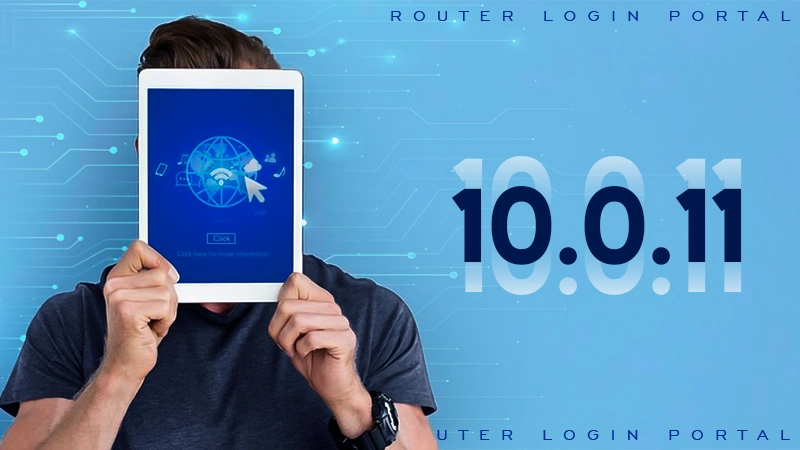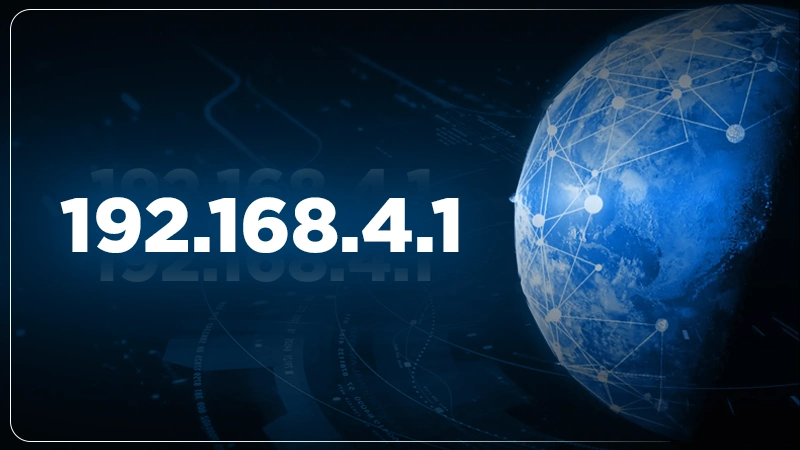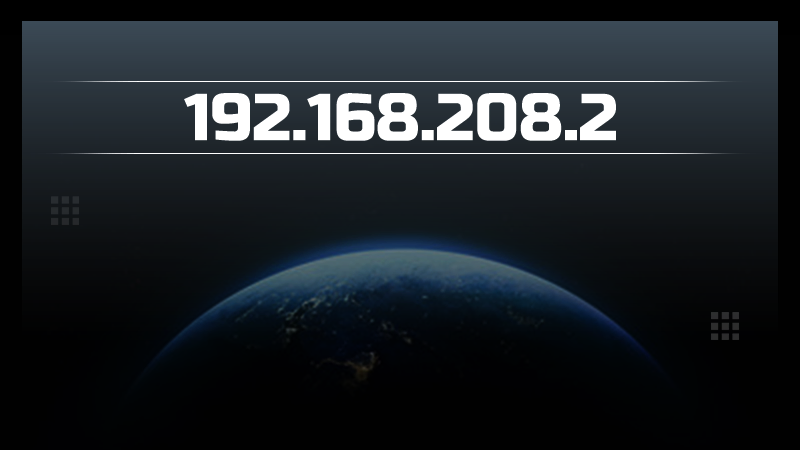Seeing 127.0.0.1:62893 on your applications means it is waiting for traffic on localhost and port 62893.
- What is 127.0.0.1:62893? A Brief Overview
- How 127.0.0.1:62893 Works?
- Benefits of 127.0.0.1:62893
- Exposing Port 62893 Publicly: Is it Safe?
- Troubleshooting Common Issues in 127.0.0.1:62893
- Facing “Disconnected from the target VM, address: 127.0.0.1:62893”: Here’s How to Fix It!
- Conclusion
- Frequently Asked Questions
Although many users believe the localhost IP address doesn’t hold much importance, when they come across cryptic codes like 127.0.0.1:62893, they end up feeling muddled.
However, it’s not as complex as people deem it to be. 127.0.0.1:62893 is just a combination of a loopback address and a port number that is used to communicate within the computer.
Today, we plan to explore this unique address in detail, including how it works, its benefits, the challenges, and troubleshooting tips for common errors. So, let’s jump straight in!
What is 127.0.0.1:62893? A Brief Overview
127.0.0.1:62893 is a unique address used to refer to the device you are working on and is often used by developers and testers. In simple words, when you see 127.0.0.1:62893, it means your device is waiting for traffic on localhost and port 62893.
This unique address consists of two parts: localhost and port number.
Localhost: 127.0.0.1
In 127.0.0.1:62893, 127.0.0.1 is the local host, also known as a loopback address, that allows the device to communicate with itself without the need for any external connections.
This specific address is used when someone is trying to connect to a server but does not know the IP address of the local computer.
Port Number: 62893
62893, the port number is considered the gateway that sends and receives data within the computer. It is used to recognize the apps and services on the same IP address.
It usually ranges from 0 to 65535 and is reserved for certain services, like HTTP and HTTPS. However, you can change them when you desire by configuring the application settings.
How 127.0.0.1:62893 Works?
Let’s take a brief look at the workaround of 127.0.0.1:62893!
As mentioned earlier, the local host allows the computers to communicate with themselves, while the port number is used for temporary communication.
When used together, it shows that the application is trying to communicate with another process.
The application specifies localhost as the destination, showing that it wants to interact with others on the same machine. Then, the port number tells the system which service or app to route the communication.
For example, a developer might use this address to connect to a local server running on the machine for debugging.
Benefits of 127.0.0.1:62893
Unique addresses like 127.0.0.1:49342 and 127.0.0.1:62893 are mainly used for debugging and troubleshooting purposes, along with:
- Development and Testing
Programmers and developers use this localhost IP address to test applications without the interference of external connections.
- Networking
Localhost address also helps to grasp networking concepts, such as client-server communication and TCP/IP.
- Security
It provides a safe environment for software development experiments, ensuring the applications can be tested without any fear of corruption. Moreover, monitoring the port activity helps the testers detect any suspicious access to your system.
- Debugging
It also makes troubleshooting easier by pinpointing the issues related to networks and connections.
- Isolated Environment
Local hosts usually provide a separate and safe space for development and testing, helping prevent conflicts with other applications and services.
Exposing Port 62893 Publicly: Is it Safe?
Usually, exposing port 62893 publicly is not safe due to the following reasons:
- Security Exploits: If you are running a Memcached on this port and have any loopholes or vulnerabilities, attackers may try to take advantage of the weak spot to inflict damage.
- Denial-of-Service (DoS) Attacks: An exposed port might increase the chances of Denial-of-Service (DoS) attacks, which often end up crashing your system.
- Unauthorized Access: The most scary part of exposing the port publicly is that anyone with internet access can have unauthorized access to your Memcached server.
Troubleshooting Common Issues in 127.0.0.1:62893
You might come across some issues or challenges while connecting to 127.0.0.1:62893. Here, I’ve listed the most common problems and their fixes, so let’s take a look!
Port Conflicts
Port conflicts happen when two applications try to connect to the same port.
To avoid such conflicts, you can use tools like Netstat to identify the ports in use and assign different ports to each application you are running.
Firewall Restrictions
Many firewall configurations block certain ports and prevent the applications from connecting to 127.0.0.1:62893. To address this problem, you can modify the firewall rules to allow local access to specific ports.
Network Misconfigurations
If either the localhost or port number is misconfigured, the application might not be able to respond as expected and might cause errors in development and testing procedures.
To prevent this, you must always verify the port configuration in the application settings and ensure it is all set to wait on the right servers and ports.
Facing “Disconnected from the target VM, address: 127.0.0.1:62893”: Here’s How to Fix It!
You might encounter this error message while using development tools like VS Code. This message indicates that the debugger was unable to connect to the machine at the specified port.
- Use Appropriate Commands
First, check whether the service you are trying to access is running correctly; if not, try to use the appropriate commands or scripts.
- Change Port Numbers
If you find there’s a port conflict, change the port numbers by configuring the firewall settings. For that, simply add an exception rule to allow the local traffic on port 62893 for localhost.
On Windows, go to Control Panel >> System and Security >> Windows Defender Firewall >> Advanced Settings >> Inbound Rules, then create a new rule for port 62893.
On Linux, use terminal commands like iptables to configure the firewall rules.
- Configure Application
Refer to the application documentation to change the port numbers or configure the application settings.
- Use Network Diagnostic Tool
Use tools like Netstat and Isof to identify which ports are in use and avoid conflicts.
Conclusion
Although 127.0.0.1:62893 might seem complex at first, once you grasp the concept, it can be a crucial tool in the development and networking environments.
Whether you are a casual user or a network administrator, it can eventually help you with debugging, testing, and security, allowing you to work more efficiently and securely on your local development process.
Frequently Asked Questions
Why do I see 127.0.0.1:62893 in my application?
Can my browser make HTTP requests locally if I am not connected to a network?
Yes, you can make HTTP requests locally without a network by connecting to 127.0.0.1.
How do I check if port 62893 is in use?
Use command-line tools like Netstat (on Windows) or lsof -i (on Linux/Mac) to check if port 62893 is in use.
Can multiple applications use the same port on 127.0.0.1?
No, only one application can use a port on 127.0.0.1.
What happens if I don’t specify a port?
If you don’t specify any port, the application will typically use a default port for the protocol.











